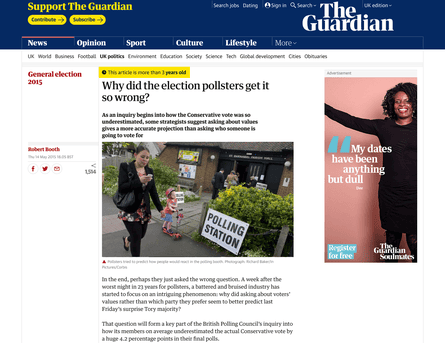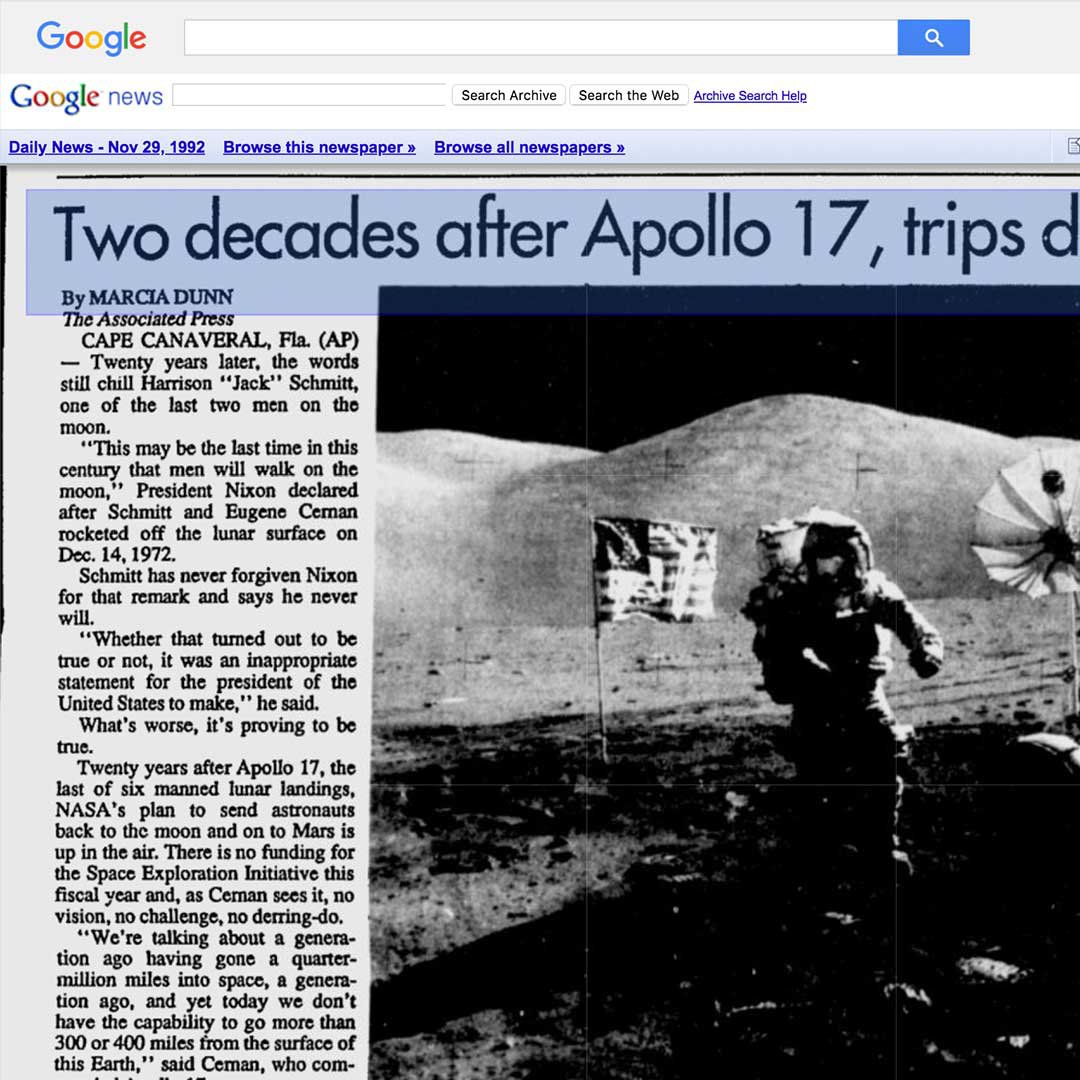The Best Guide To News Articles
Table of ContentsLittle Known Questions About News Articles.The Main Principles Of News Articles The Facts About News Articles RevealedSome Known Details About News Articles News Articles for Dummies
Great knowledge of different topics offers trainees a competitive side over their peers. Despite the fact that digital and social networks are conveniently accessible, we need to not forget exactly how important it is to check out the papers. Moms and dads must attempt and instill the habit of checking out a newspaper as a day-to-day routine to continue the legacy of the adored print tool.News stories likewise consist of at the very least one of the adhering to vital qualities family member to the designated audience: distance, importance, timeliness, human rate of interest, strangeness, or effect.
Within these limits, news stories also intend to be detailed. Among the bigger and much more respected papers, justness and equilibrium is a major variable in presenting information.
Newspapers with an international target market, for instance, have a tendency to use a more official design of writing. News Articles.; typical style overviews include the and the United States Information Style Book.
The Only Guide to News Articles
As a rule, journalists will not use a long word when a brief one will do. Information authors attempt to stay clear of making use of the exact same word a lot more than when in a paragraph (occasionally called an "resemble" or "word mirror").
Nevertheless, headlines sometimes omit the topic (e.g., "Leaps From Boat, Catches in Wheel") or verb (e.g., "Cat woman fortunate"). A subhead (additionally subhed, sub-headline, subheading, subtitle, deck or dek) can be either a secondary title under the major headline, or the heading of a subsection of the short article. It is a heading that precedes the main message, or a group of paragraphs of the major message.

Extra signboards of any of these types may show up later on in the short article (specifically on subsequent web pages) to attract more reading. Such signboards are also utilized as pointers to the article in other areas of the magazine or site, or as advertisements for the item in various other publication or websites. Typical framework with title, lead paragraph (recap in bold), other paragraphs (information) and contact details.

Example of a hard-lead paragraph NASA is proposing an additional room job. The agency's budget demand, revealed today, consisted of a plan to send out one more objective to the Moon. This time around the firm intends to develop a long-term facility as a jumping-off place for various other room journeys. The budget plan demands approximately $10 billion for the job.
An "off-lead" is the second most vital front web page news of the day. To "hide the lead" is to start the write-up with background details or information home of additional significance to the readers, compeling them to read more deeply right into a post than they ought to have to in order to uncover the crucial points.
More About News Articles
Usual use is that one or more sentences each develop their own paragraph. Reporters typically describe the organization or framework of a newspaper article as an inverted pyramid. The vital and most interesting components of a story are put at the start, with supporting information adhering to in order of reducing relevance.
It enables people to discover a topic to just the deepness that their inquisitiveness takes them, and without the charge of details or nuances that they can think about irrelevant, however still making that details readily available to extra interested viewers. The inverted pyramid structure additionally makes it possible for posts to be cut to any kind of arbitrary size throughout design, to suit the space available.
Some writers begin their tales with the "1-2-3 lead", yet there are lots of kinds of lead offered. This layout inevitably starts with a "5 Ws" opening up paragraph (as described above), followed by an indirect quote that serves to support a significant aspect of the very first paragraph, and afterwards a direct quote to sustain the indirect quote. click this [] A kicker can refer to several points: The last story in the news program; a "delighted" story to finish the show.
Longer short articles, such as publication cover short articles and the items that lead the inside areas of a newspaper, are known as. Function tales differ from straight information in a number of ways.
Indicators on News Articles You Should Know
An attribute's very first paragraphs commonly associate an intriguing minute or event, as in an "anecdotal lead". From the details of an individual or episode, its view rapidly widens to generalizations regarding the story's topic.

The Editor's Tool kit: A Recommendation Overview for Beginners and Professionals (2001) Allan M. Siegal and William G. Connolly. The New York City Times Handbook of Style and Usage: The Authorities Style Overview Made Use Of by the Writers and Editors of the World's Most Authoritative Paper (2002) description M. L. Stein, Susan Paterno, and R.